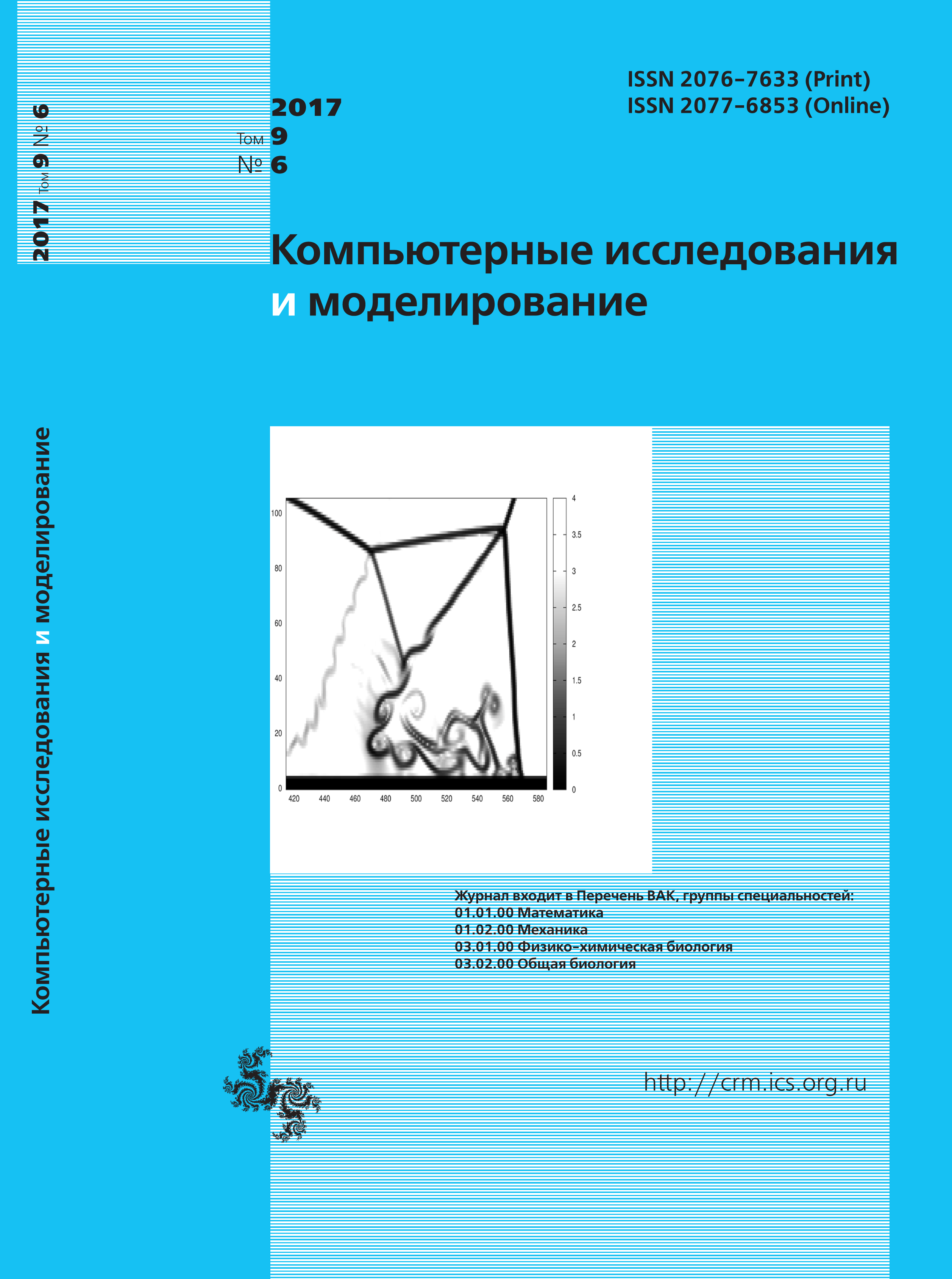All issues
- 2025 Vol. 17
- 2024 Vol. 16
- 2023 Vol. 15
- 2022 Vol. 14
- 2021 Vol. 13
- 2020 Vol. 12
- 2019 Vol. 11
- 2018 Vol. 10
- 2017 Vol. 9
- 2016 Vol. 8
- 2015 Vol. 7
- 2014 Vol. 6
- 2013 Vol. 5
- 2012 Vol. 4
- 2011 Vol. 3
- 2010 Vol. 2
- 2009 Vol. 1
Some relationships between thermodynamic characteristics and water vapor and carbon dioxide fluxes in a recently clear-cut area
The temporal variability of exergy of short-wave and long-wave radiation and its relationships with sensible heat, water vapor (H2O) and carbon dioxide (CO2) fluxes on a recently clear-cut area in a mixed coniferous and small-leaved forest in the Tver region is discussed. On the basis of the analysis of radiation and exergy efficiency coefficients suggested by Yu.M. Svirezhev it was shown that during the first eight months after clearcutting the forest ecosystem functions as a "heat engine" i.e. the processes of energy dissipation dominated over processes of biomass production. To validate the findings the statistical analysis of temporary variability of meteorological parameters, as well as, daily fluxes of sensible heat, H2O and CO2 was provided using the trigonometrical polynomials. The statistical models that are linearly depended on an exergy of short-wave and long-wave radiation were obtained for mean daily values of CO2 fluxes, gross primary production of regenerated vegetation and sensible heat fluxes. The analysis of these dependences is also confirmed the results obtained from processing the radiation and exergy efficiency coefficients. The splitting the time series into separate time intervals, e.g. “spring–summer” and “summer–autumn”, allowed revealing that the statistically significant relationships between atmospheric fluxes and exergy were amplified in summer months as the clear-cut area was overgrown by grassy and young woody vegetation. The analysis of linear relationships between time-series of latent heat fluxes and exergy showed their statistical insignificance. The linear relationships between latent heat fluxes and temperature were in turn statistically significant. The air temperature was a key factor improving the accuracy of the models, whereas effect of exergy was insignificant. The results indicated that at the time of active vegetation regeneration within the clear-cut area the seasonal variability of surface evaporation is mainly governed by temperature variation.
Copyright © 2017 Belotelov N.V., Apal’kova T.G., Mamkin V.V., Kurbatova Y.A., Olchev A.V.
Views (last year): 15. Citations: 1 (RSCI).Indexed in Scopus
Full-text version of the journal is also available on the web site of the scientific electronic library eLIBRARY.RU
The journal is included in the Russian Science Citation Index
The journal is included in the RSCI
International Interdisciplinary Conference "Mathematics. Computing. Education"







